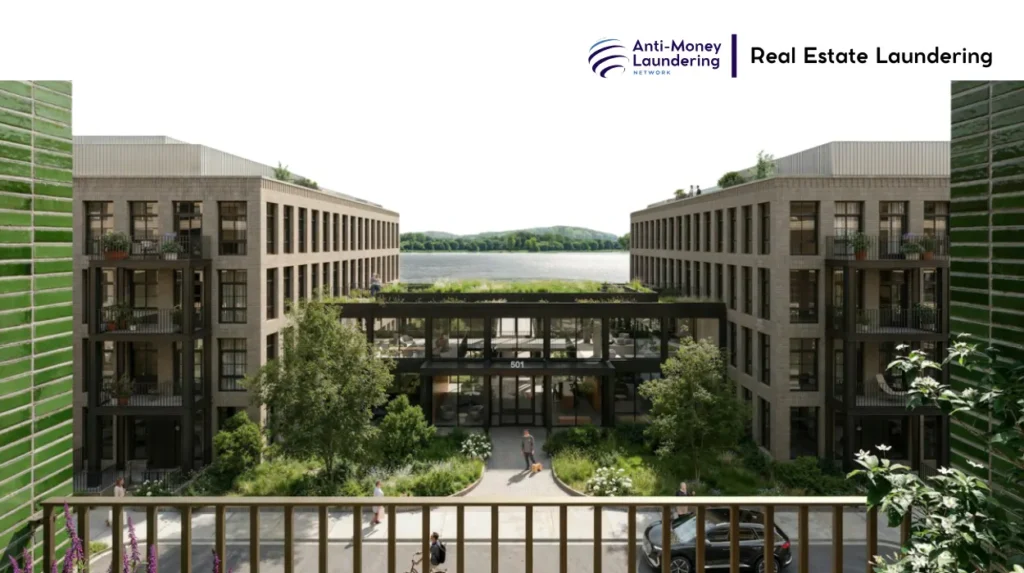The Alexandria Waterfront Redevelopment exemplifies Egypt’s real estate sector vulnerabilities to money laundering. Marked by opaque corporate structures, suspected PEP involvement, and luxury asset overvaluation, this high-profile project thrives in a regime of weak enforcement and political complicity, making it a prime vehicle for illicit financial flows and asset concealment.
The Alexandria Waterfront Redevelopment exemplifies how large-scale luxury real estate projects in Egypt serve as potential vehicles for money laundering and asset concealment. Egypt’s poor financial transparency, use of shell companies, offshore financing, and suspected PEP involvement create a high-risk environment for illicit capital flows masked as legitimate real estate investment. Despite the project’s high-profile urban development significance, the opacity in ownership structures, overvaluation of assets, and lack of AML enforcement expose significant vulnerabilities. Although no direct leaks or investigations have yet unveiled conclusive evidence, the circumstantial indicators align strongly with known money laundering methodologies prevalent in Egypt’s real estate sector. This case reflects broader systemic challenges in Egyptian governance, real estate secrecy, and financial crime enforcement.

